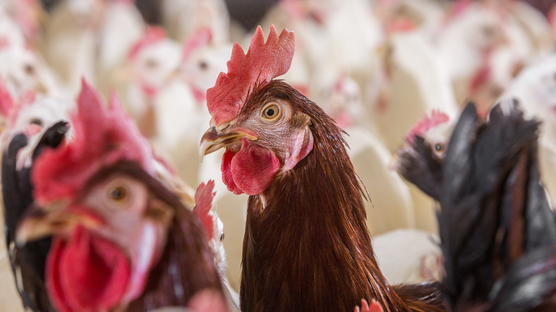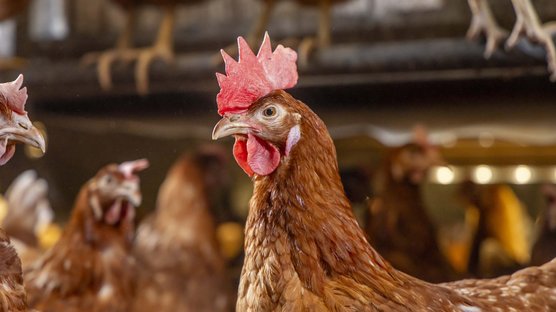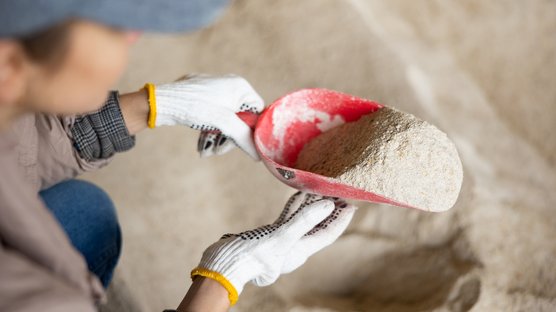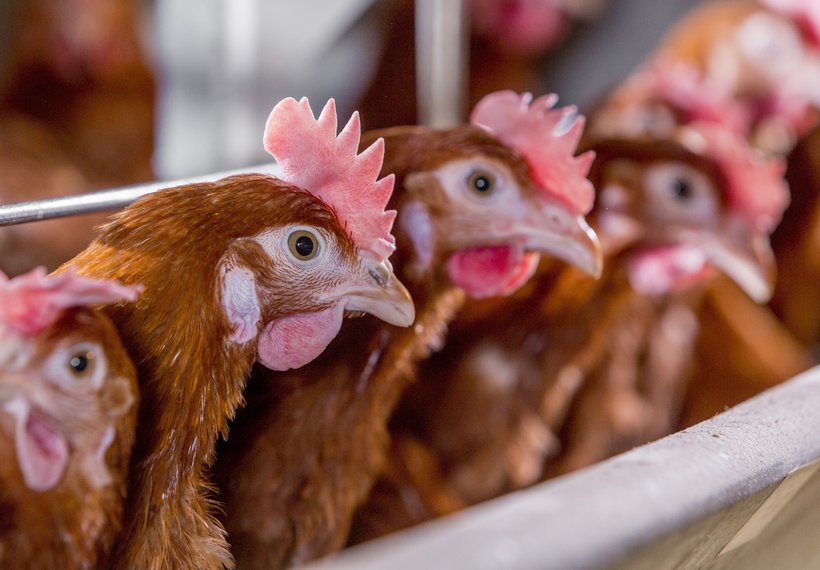
Published on Sept. 20, 2019
Understanding cage layer fatigue and calcium deficiency in your birds
We all know the symptoms of cage layer fatigue, also known as leg weakness; however, preventive measures are not always taken into account. Unfortunately, it is difficult for the birds to recover without negative long term effects. In this article some common signs and symptoms of cage layer fatigue as well as strategies on prevention are shared.
Cage Layer Fatigue is a condition primarily observed in hens, characterized by abnormal bone development caused by deficiencies in calcium or phosphorus in their diet. In growing birds, a lack of these nutrients results in abnormal skeletal calcification, leading to rickets. In laying hens, calcium deficiency leads to reduced shell quality and osteoporosis, particularly in cage systems with high stocking densities. This condition is rare in non-cage systems. The depletion of bone structure, exacerbated by excessive calcium mobilization to compensate for dietary deficiencies, weakens the bones, making them unable to support the hen’s weight. Prevention involves ensuring hens receive an adequate calcium supply in their diet, addressing issues related to feed composition, calcium absorption, and competition for calcium intake.
Symptoms
Cage layer fatigue is a condition primarily observed in young layer hens, particularly in cage housing systems during the peak egg-laying period. Birds affected by this syndrome exhibit variable clinical signs, including leg weakness, vertebral fractures, posterior paralysis, and sometimes sudden death. Deformities in the sternum and enfolded ribs at the costochondral junction are common, alongside fractures in long bones and vertebrae, attributed to thin and brittle bone cortices. Affected birds are often found lying on their sides in cages, seemingly healthy initially but paralyzed. They may have a partially shelled egg in the oviduct, with death resulting from starvation or dehydration due to the inability to reach food or water. If moved to the floor, affected birds can sometimes recover, but overall, the syndrome leads to an inability to stand fragile bones and thin eggshells.
Prepare the pullet
It is important to respect the development phases during the rearing period, and feed phases in rearing should match the development phases.
Note: achieving the correct body weight at five weeks of age essential. First, develop the birds’ feed intake capacity by training them to eat. The gizzard and crop develops by consuming insoluble fibre of a coarse structure. The empty feeder technique must also be applied from at least the developer diet onwards (10-12 weeks of age).
By applying a pre-lay diet during the pre-lay period, this will respect the need for increased calcium for medullary bone formation. Start with this special pre-lay diet at least 10 days before the first egg is expected. Continue with this diet up to maximum of 2-5% laying percentage production.
Lastly, base your timing of light stimulation on the birds’ accurate body weight, not only on age.
Support start of lay
During the start of lay, egg producers should target a fast increase in daily feed intake level at the start. Use the concept of nutrient intake (grams of nutrients ingested on a daily basis) instead of just looking at the feed specifications.
Much like in the pullet preparation stage, the empty feeder technique should be used at the start of lay to prevent nutrient deficiencies in the crucial start of lay phase.
Management during lay
Calcium needs are at their highest during lay. There is already an increase in requirement in the pre-lay period (2.2%). The start of lay requires a moderate calcium level (3.8 %) and an increase in daily calcium intake when birds get older (towards 4.1%).
Be sure to provide powder and coarse particle size, not intermediate particle size. Pre-lay and start of lay period should have 50% coarse – 50% powder of calcium. The mid and end of the lay period should have 70% coarse and 30% powder calcium.
Liver health is another factor that can impact calcium absorption. If a bird has a fatty liver, there will be lower calcium absorption due to less activation of Vitamin D3 by the liver, resulting in lower egg shell quality and higher risk for weak bones. Always use additional choline for layers in production to support liver health.
Finally, body weight management is key for a number of reasons, including monitoring health issues such as cage layer fatigue. Body weight should be monitored in the rearing period as well as during lay.
When body weight is above standard, there is a risk for overweight birds and fatty liver condition.
When body weight is below standard, there is a risk for nutrient deficiency (Ca), weak birds, and prolapse issues.
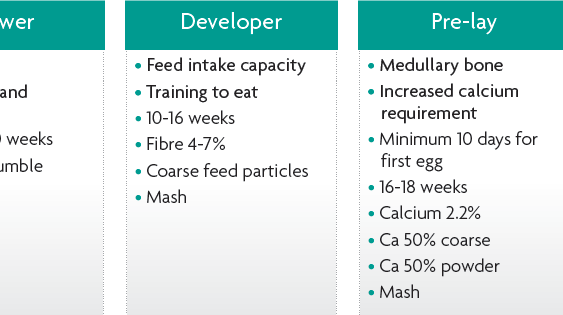
Recovery
Recovery from cage layer fatigue is difficult with a negative impact on short and long-term production performance.
Help birds recover by adjusting the feed composition in the following ways:
- Increase calcium level in the feed (minimum 4%).
- Provide coarse calcium particles (70% coarse and 30% powder).
- Increase vitamin D3 level. If available, use 25-Hydroxy-Vitamin D3.
- Increase the phosphorus level in eed. Use a highly available form, such as Mono Calcium Phosphate (MCP). There are a number of different methods of increasing vitamin D3, calcium, and phosphorus besides adjusting feed composition. Some of the effective methods include, drinking water additives and separating the weak birds and apply injections. If possible you can place the hens from the cage into a floor housing system.
Summary
Egg producers can prevent cage layer fatigue in the following ways:
Prepare the pullets
- Diets must be in line with their development phases.
- Train the birds to eat in order to get the required nutrients for building strong bones.
- Provide a proper pre-lay diet in the target period.
Support the start of lay
- Focus on a rapid feed intake increase.
- Use the concept of nutrient intake instead of just looking at the feed specifications.
- Apply the empty feeder technique.
Management during lay
- Ensure there is a steady supply of calcium supply by providing coarse particles.
- Manage liver health by monitoring body weight and adding choline in their diet.

